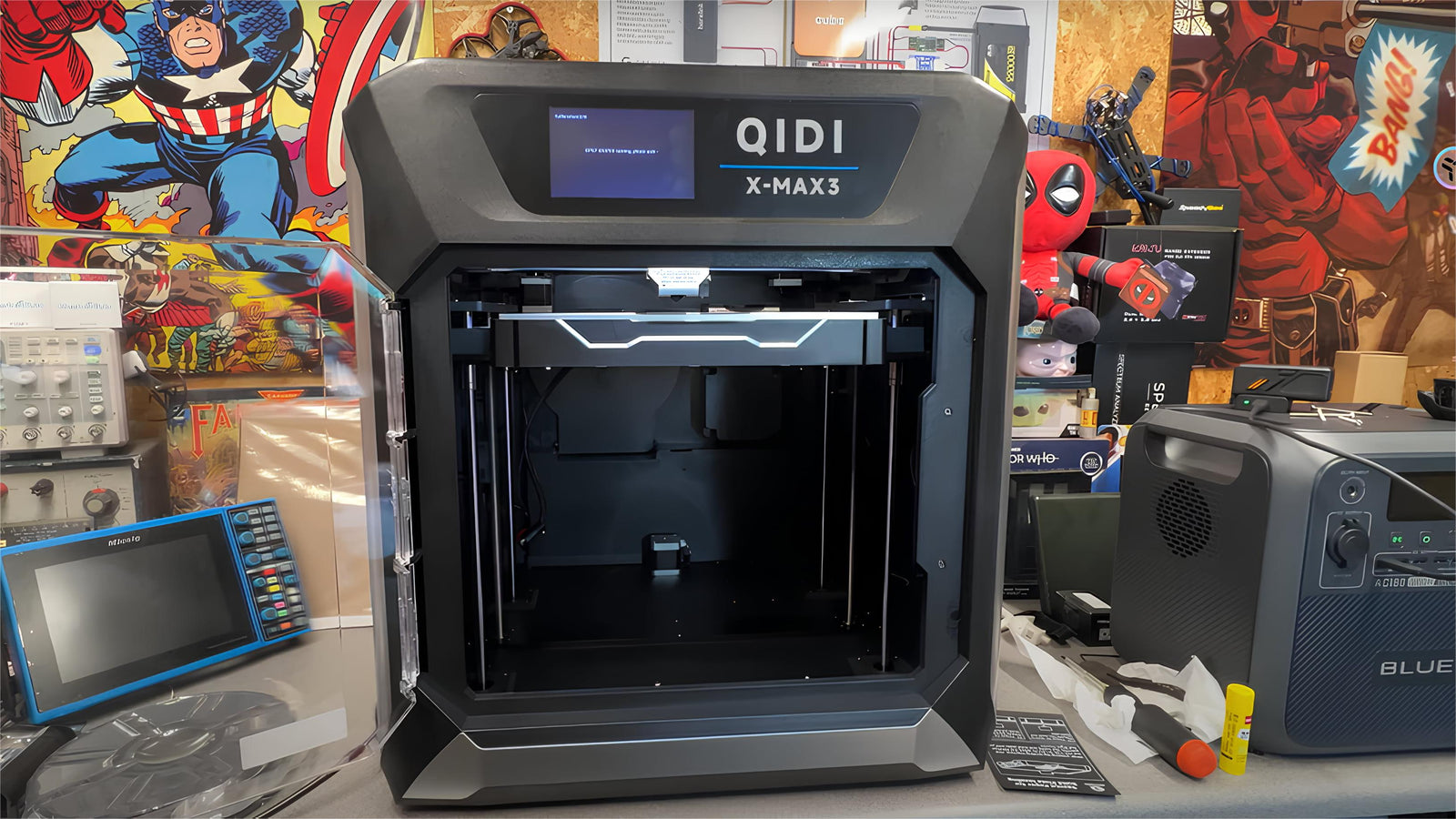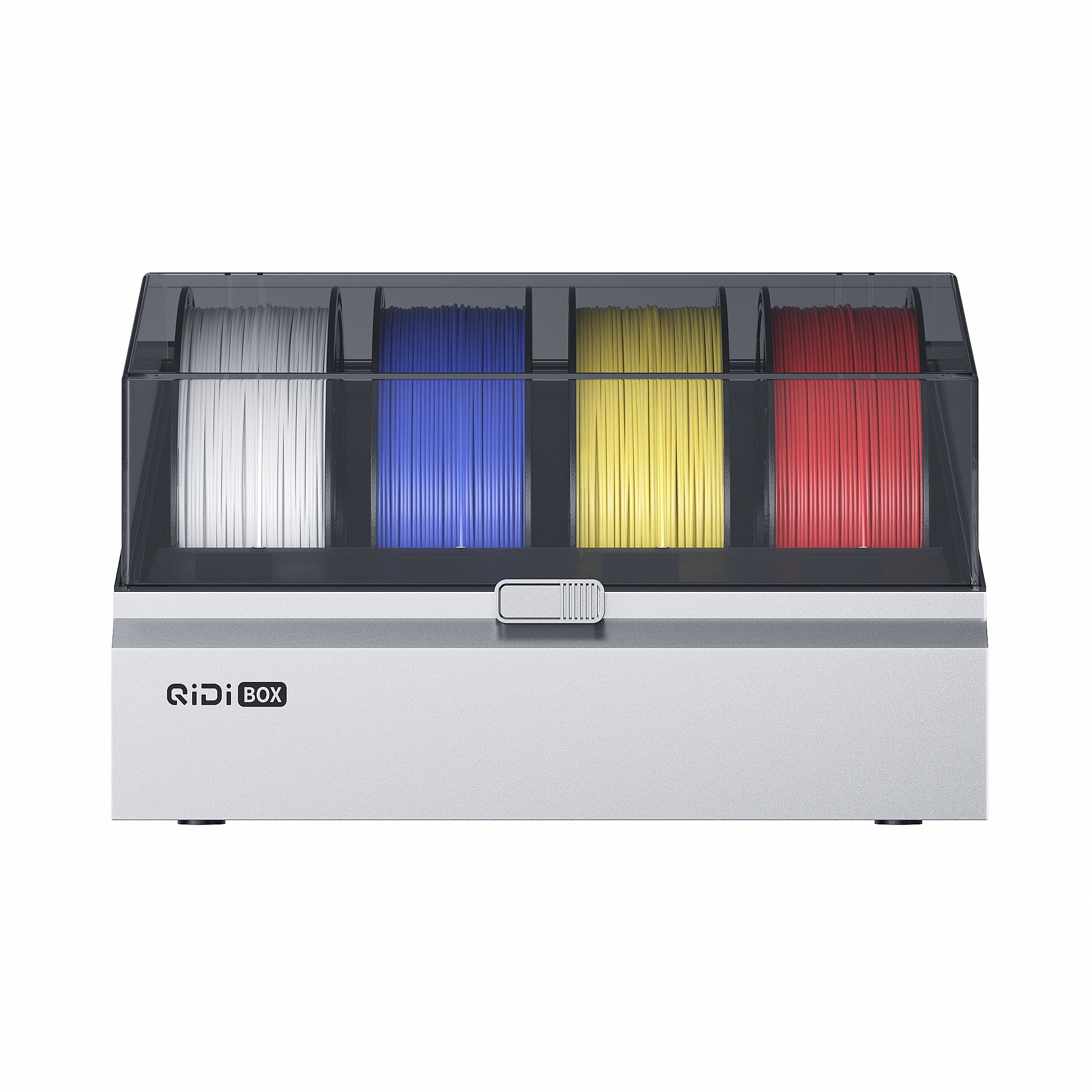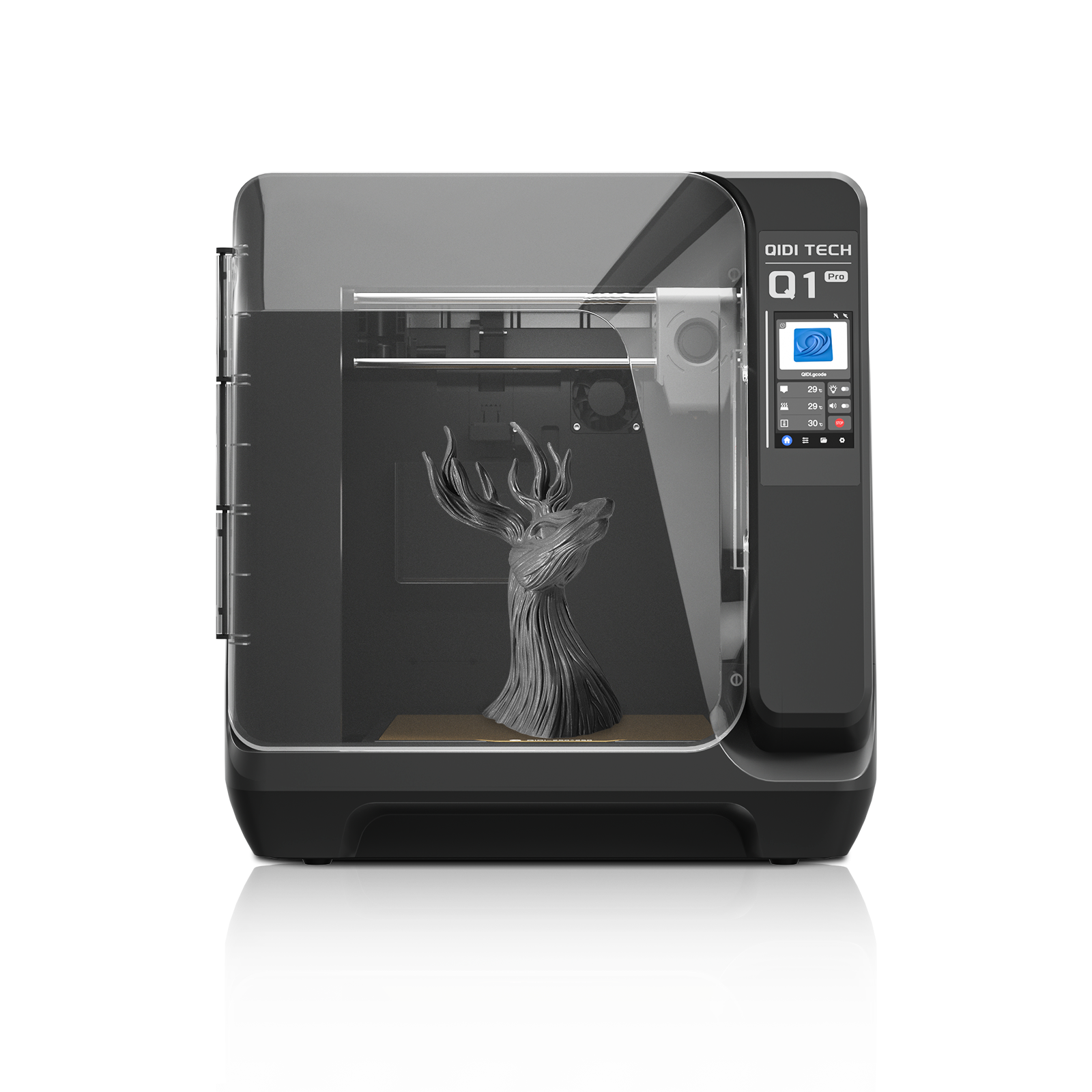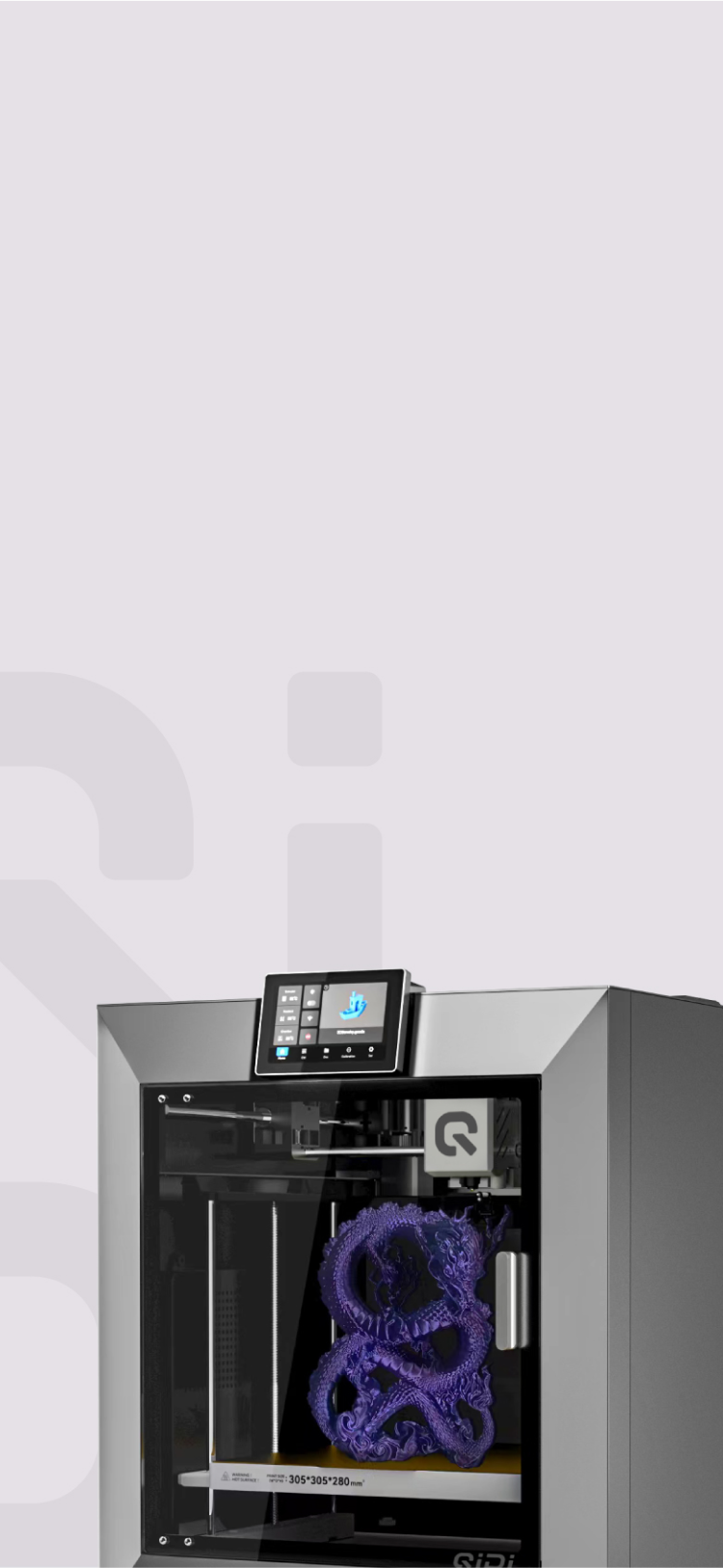What Is the Difference Between Hobby and Commercial 3D Printers?


3D printing has transformed the way we create and manufacture objects, offering a versatile and accessible technology for both hobbyists and professionals. As 3D printing gains popularity, understanding the differences between hobby and commercial 3D printers is crucial.
A Quick Comparison Sheet:
| Feature | Hobby Printer | Commercial Printer |
|---|---|---|
| Cost | $200 - $5,000 | $5,000 - $1,000,000+ |
| Print Speed | Slow | Fast |
| Print Quality | Good | Excellent |
| Materials | PLA, ABS, PETG | Advanced plastics, metals, ceramics |
| Build Size | Small | Large |
| Performance & Speed | Slower, suitable for personal projects | Faster, ideal for high-volume production |
| Print Quality & Precision | Good quality prints, limitations in resolution | Superior quality, finer details, smoother surfaces |
| Build Size & Volume | Limited size for objects | Larger build platforms for bigger objects |
| Material Compatibility | Limited selection (PLA, ABS, PETG) | Wider range (high-performance plastics, metals, ceramics) |
| Software & User Interface | User-friendly, limited features | Complex, advanced features, steeper learning curve |
| Maintenance & Durability | Easier to maintain, simpler design | Regular maintenance required, robust construction |
| Cost & ROI | Affordable upfront, potentially higher operating costs | High initial investment, better long-term value |
What are Hobby 3D Printers?
Hobby 3D printers are made for personal use and small projects. They are usually affordable, with prices ranging from a few hundred to a few thousand dollars, making them accessible to many people. These printers often use common materials like PLA, ABS, and PETG, which are easy to work with and easy to find.
One of the biggest benefits of hobby 3D printers is that they are user-friendly. They often come with easy-to-use software and are quick to set up, so even beginners can start printing right away. Hobby printers are great for making small objects, prototypes, and custom items like toys, figurines, and household gadgets.

What are Commercial 3D Printers?
Commercial 3D printers are made for industrial use and large-scale manufacturing. They have advanced features, work better, and are more precise than hobby printers. Commercial printers usually cost more, ranging from several thousand to hundreds of thousands of dollars, depending on their features and size.
Commercial 3D printers can use many different materials, including high-performance plastics, metals, ceramics, and composites. These materials allow for the creation of functional parts, tools, and finished products. Commercial printers can make objects with higher precision, smoother surfaces, and better overall structure.
Key Differences Between Hobby and Commercial 3D Printers
1. Performance and Speed
One of the most significant differences between hobby and commercial 3D printers is their performance and speed. Commercial printers typically offer faster printing speeds, allowing for quicker turnaround times and higher output volumes. This is particularly important for businesses that rely on 3D printing for production or rapid prototyping. Hobby printers, while slower, are still suitable for most personal projects and small-scale applications.
2. Print Quality and Precision
Commercial 3D printers generally offer superior print quality and precision compared to hobby printers. They can produce objects with finer details, smoother surfaces, and better dimensional accuracy. This level of precision is essential for creating functional parts, molds, and end-use products. Hobby printers, while capable of producing good quality prints, may have limitations in terms of resolution and surface finish.
3. Build Size and Volume
Another key difference between hobby and commercial 3D printers is their build size and volume. Commercial printers often have larger build platforms, allowing for the creation of bigger objects or multiple smaller objects in a single print run. This is particularly useful for industrial applications where larger components or higher production volumes are required. Hobby printers typically have smaller build volumes, limiting the size of the objects that can be printed.
4. Material Compatibility
Commercial 3D printers offer a wider range of material options compared to hobby printers. They can work with advanced materials such as high-performance plastics, metals, ceramics, and composites, which are often required for industrial applications. Some commercial printers even support specialty materials with unique properties, such as high heat resistance or electrical conductivity. Hobby printers, on the other hand, primarily work with a limited selection of common materials like PLA, ABS, and PETG.

5. Software and User Interface
The software and user interface of hobby and commercial 3D printers can also differ significantly. Hobby printers often come with user-friendly, simplified software that is easy to navigate, even for beginners. These software solutions may have limited advanced features but are sufficient for most hobbyist needs. Commercial printers, in contrast, may have more complex software with a steeper learning curve. However, these advanced software solutions offer greater control, customization options, and automation features that are essential for industrial applications.

6. Maintenance and Durability
Commercial 3D printers are typically designed for continuous operation and long-term durability. They are built with high-quality components and robust construction to withstand the demands of industrial use. These printers may require regular maintenance and technical support to ensure optimal performance and longevity. Hobby printers, while not as durable as their commercial counterparts, are generally easier to maintain and repair due to their simpler design and wider availability of replacement parts.
Extended Reading: 3D Printing Troubleshooting: 15 Most Common Problems & Solutions
7. Cost and Return on Investment
The cost and return on investment for hobby and commercial 3D printers can vary significantly. Hobby printers are more affordable upfront, making them accessible to a broader range of users. However, they may have higher operating costs in terms of materials and energy consumption relative to their output. Commercial printers require a more significant initial investment but offer better long-term value for businesses that rely heavily on 3D printing. The higher productivity, precision, and material capabilities of commercial printers can lead to a better return on investment over time.
When to Transition from Hobby to Commercial 3D Printing
As you become more skilled with 3D printing, you might want to take on bigger and more complex projects. If your hobby printer isn't cutting it anymore, it may be time to upgrade to a commercial machine. Here are some signs that you're ready for the switch:
- You need to print larger objects that don't fit on your hobby printer's build plate
- Your projects require very precise details and smooth finishes that your current printer can't achieve
- You want to experiment with advanced materials like metal or high-performance plastics
For businesses considering investing in a commercial 3D printer, it's important to think carefully about your specific needs and budget. Ask yourself these questions:
- What will you be using the printer for? Different applications may require different types of printers and materials.
- How high does the print quality need to be? If you're making functional parts or products, you'll likely need the precision and reliability of a commercial machine.
- How many objects will you be printing? If you need to produce a large volume of items, a commercial printer's speed and efficiency will be essential.
- What materials do you need to work with? Make sure the printer you choose is compatible with the specific plastics, metals, or other materials required for your projects.
Answering these questions will help guide you toward the right commercial 3D printer for your needs and ensure that you make a wise investment.
QIDI 3D Printers: Bridging the Gap Between Hobby and Commercial
While transitioning from hobby to commercial 3D printing can be expensive and challenging, there are innovative options that bridge the gap between the two categories. QIDI 3D Printers are exciting new options that combine the advanced features of commercial printers with the affordable price of hobby printers. These printers offer a perfect balance of quality and cost, making them ideal for entrepreneurs, hobbyists, and anyone who wants to explore the possibilities of 3D printing without spending too much money.
With a QIDI 3D Printer, you can create high-quality prints with excellent detail and precision, similar to what you would expect from a much more expensive commercial machine. This means you can bring your ideas to life, whether you're making prototypes, custom parts, or unique designs, all at a price that won't break the bank.
By bridging the gap between hobby and commercial printers, QIDI is making advanced 3D printing technology more accessible to a wider range of users. This innovative approach is changing the way people think about 3D printing and opening up new possibilities for creativity and innovation.

Find the Perfect 3D Printer for Your Goals!
To choose the right 3D printer, think about your needs and goals. Hobby printers are great for beginners and small projects, while commercial printers are better for businesses and advanced uses. As you get better at 3D printing, you might need to switch to a commercial printer for bigger challenges. By picking the best tool for the job, you'll be ready to create amazing things with 3D printing. So, explore this exciting technology today and see what you can make!
FAQs about Hobby and Commercial 3D Printers
Q: What types of materials are compatible with commercial 3D printers?
A: All kinds of engineering-grade plastics, composites, metals like stainless steel and titanium, ceramics, and more. The material options are vast compared to hobby printers.
Q: Can commercial 3D printers make functional parts and products?
A: Yes, their precision and advanced material capabilities allow them to produce durable, end-use parts for all types of industrial applications. The quality is far superior to hobby printers.
Q: What industries use commercial 3D printing?
A: Aerospace, automotive, healthcare, architecture, consumer products, and more. Any industry that makes parts, tools, molds or other physical objects benefit from commercial 3D printing.
Q: What factors should I consider when selecting a commercial 3D printer?
A: Build volume, precision rating, material requirements, software preferences, operating budget, throughput needs, and post-processing capabilities. Combining these factors with your needs can help identify the best choice.
Q: What benefits does commercial 3D printing offer over other manufacturing methods?
A: Increased design flexibility, shorter lead times, tool-less and mold-less production, consolidated assemblies, reduced waste, on-site manufacturing, mass customization, and more. It's a transformative technology.


 Q2
Q2
 Plus 4
Plus 4
 QIDI Box
QIDI Box
 Q1 Pro
Q1 Pro
 X-Max 3
X-Max 3

